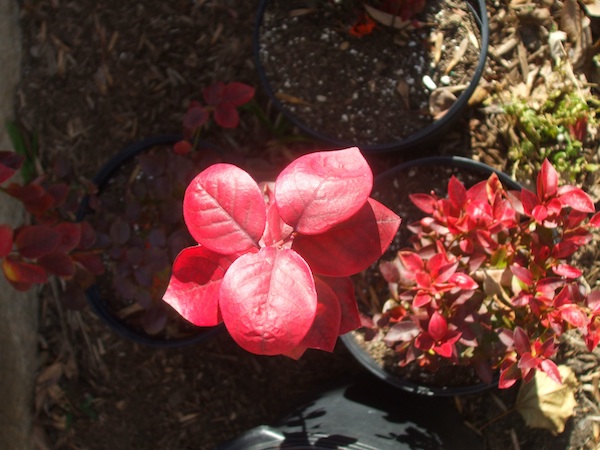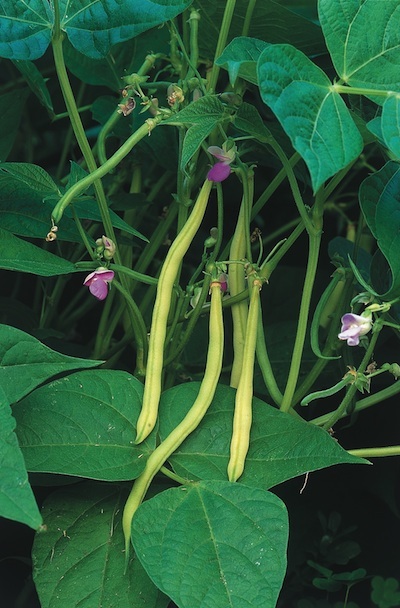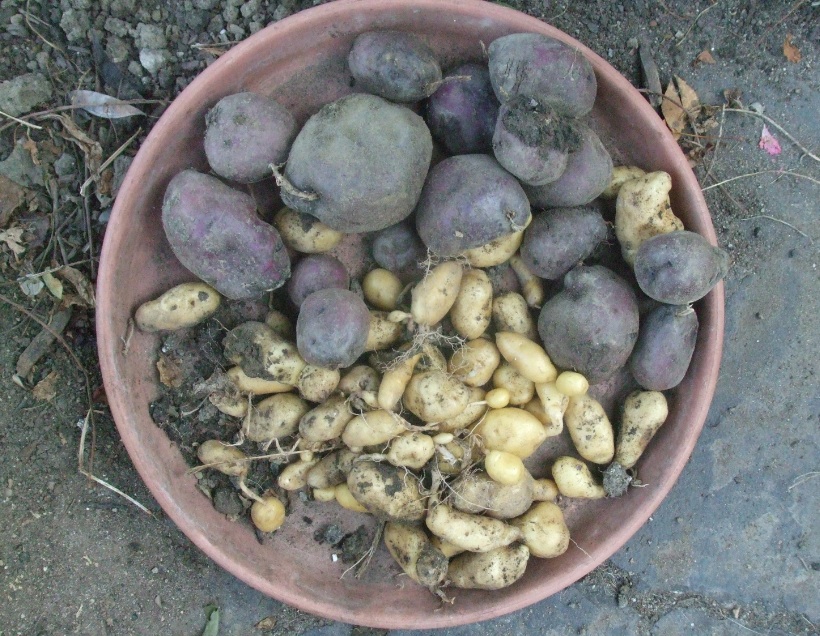
Pumpkin always is the perfect dessert for Thanksgiving and Christmas. Photo courtesy of National Garden Bureau
Some foods signify the holidays more than others, and a lot of them come from the garden. Sage, green beans, lettuces and greens, potatoes and sweet potatoes are all easy to grow for a holiday feast.

The fall color of blueberry shrubs is reason enough to grow this plant. © Jo Ellen Meyers Sharp
Sage is an evergreen perennial herb. Its leaves can be harvested year ‘round. Grow sage in a sunny spot in soil that is well drained. Eventually, sage becomes a woody plant and when that happens, I usually pull it out and replace it with a new one.
Swiss chard is quite cold tolerant. Lettuces can be protected for late season harvest with straw bales or row covers.

Green beans come in bush-type or pole-type plants. Photo courtesy National Garden Bureau
Sow bush-type green bean every couple of weeks in a sunny area during the growing season for an extended harvest. Each plant will produce for a few weeks. Pole green beans, which are grown on a trellis, fence or poles, produce most of the season. Green beans can be harvested into late summer, depending on the variety, blanched and frozen or canned for use in winter.
Potatoes, especially the waxy, colorful ones, are easy to grow in containers, such as Smart Pots. Sweet potatoes, which are purchased and planted as slips, also are pretty reliable in central Indiana, too. Although potatoes like to grow in full sun, they tend to do better when given a little shade from the hottest sun of the day.
The desert round includes pumpkins, blueberries and apples, with a few cranberries thrown in for even more color.
Pumpkin vines take up a lot of space in the garden, so be sure to allow for that. Many gardeners interplant other vegetables, such as pole beans, among the pumpkin vines to maximize growing space. Besides pies and jack-o’-lanterns, pumpkins can be harvested for their seeds, too, which are delicious roasted and seasoned to taste.

Potato production was much greater in Smart Pots. Easy, too. (C) Jo Ellen Meyers Sharp
I’ve been pretty happy with the newer cultivars of blueberries, specially bred for growing in pots. The fall color alone is worth having blueberries in the landscape. Growing them in pots allows us to keep the plants lower the soil pH to make it more acidic, which is what blueberries (and cranberries) need.